Maxim Dmitriev. Photos of Tsarist Russia
1. People's dining room in the village Pralevke Lukoyanovskogo County. 1891-1892 Negative 18х24 cm
2. Doctor Reshetilov examines a patient with typhus Kuzma Kashin in the village of Nakrusove. 1891-1892 Negative 18х24 cm
3. Distribution of bread in the loan to peasants in the city of Princess. 1891-1892 Negative 18х24 cm
4. Patients with typhus in the city Knyaginin. 1891-1892 Negative 18х24 cm
5. Hut tatarina Salovatova in the village of Kadomka Sergachsky district. 1891-1892 Negative 18х24 cm
Nizhny Novgorod Fair 1896
6. Theater Square Nizhny Novgorod fair during floods. Negative 18х24 cm
7. General view of the fair from the Spassky Old Fame Cathedral. Negative 18х24 cm
8. Machine department. All-Russian Art and Industrial Exhibition. 1896 d. Negative 18х24 cm
9. Samokat square. Cinema "Magic World". Negative 18х24 cm
10. Bell ranks at the fair. Negative 18х24 cm
11. Theater Figner. Negative 18х24 cm
12. General view of the Lubochny ranks and Meshchersky lake. Negative 18х24 cm
Russia believer 1891-1904
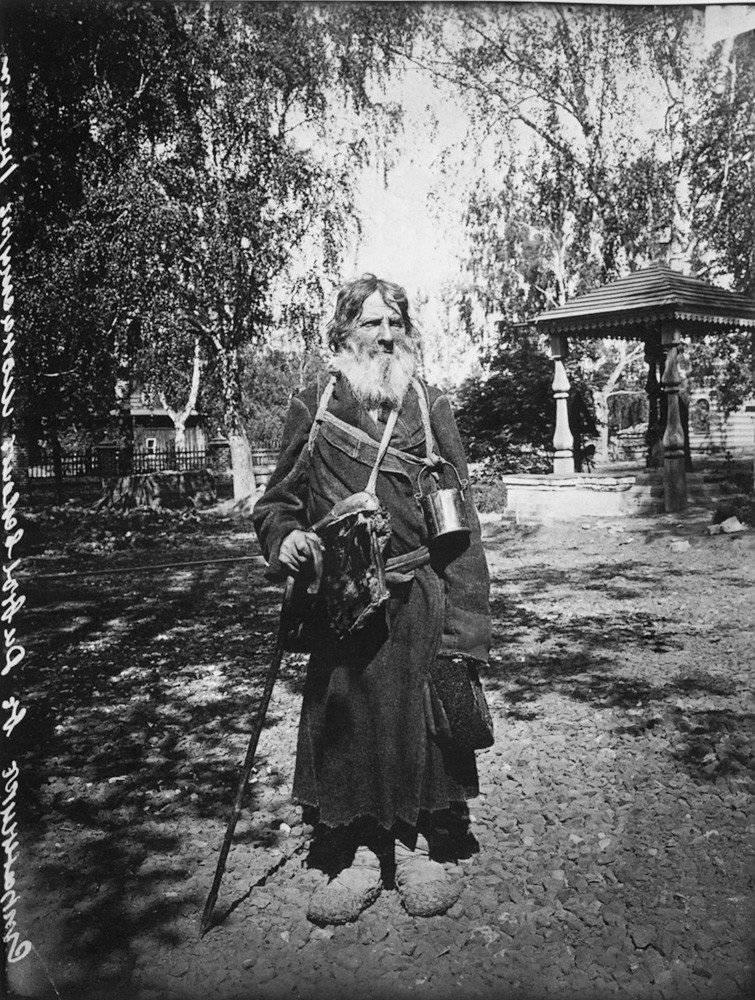
13. Wanderer in Seraphim-Diveevo nunnery. 1904 d. Negative 18х24 cm
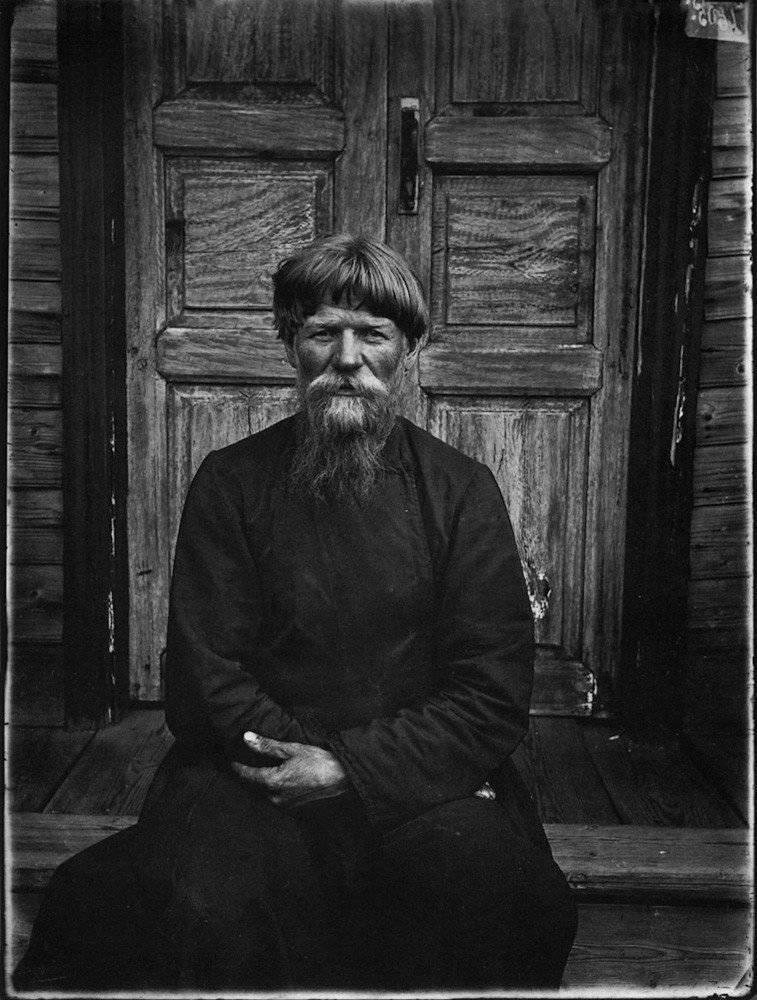
14. Pastor of the Pomorians in the Semenovsky district. 1897 d. Negative 18х24 cm
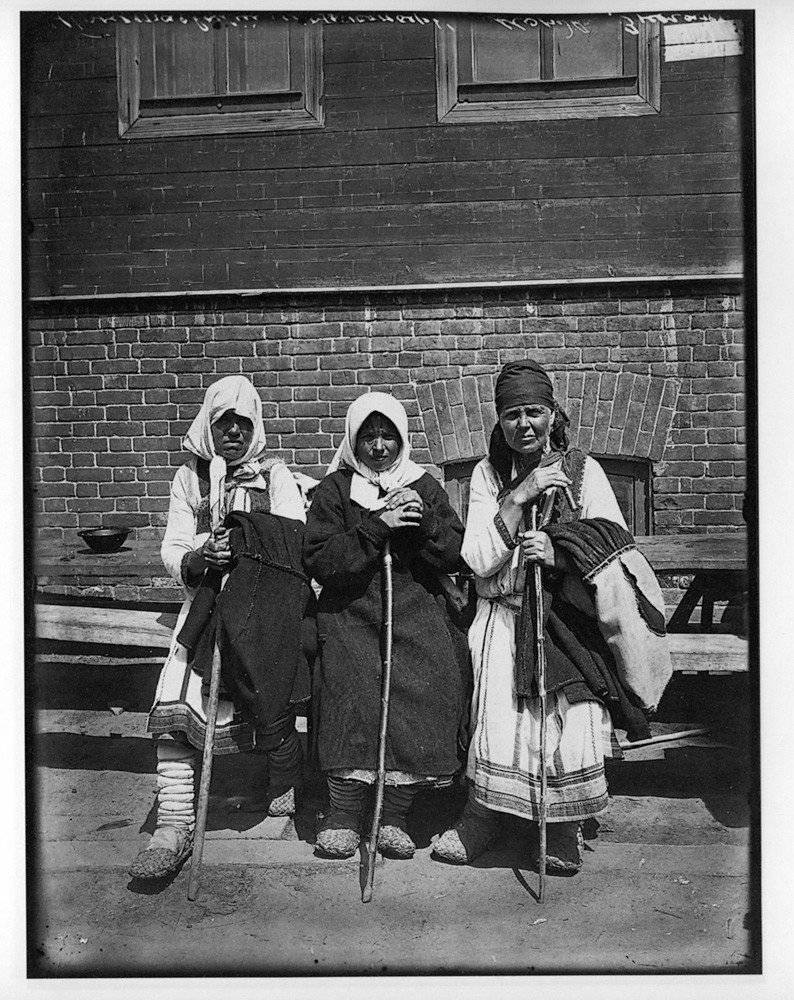
15. Types of pantomimes in the Seraphim-Ponetaevsky nunnery. 1904 d. Negative 18х24 cm
16. Seeing off the Icon of the Mother of God of Oran from Nizhny Novgorod to the Orange Monastery of Orange. Negative 45х55 see Fragment.
17. Holy spring in the Sarov monastery. Negative 18х24 cm
18. Congress of Old Believers in Nizhny Novgorod. Negative 50х60 see Fragment.
19. Mordovian pilgrims heading to the Seraphim-Diveevsky nunnery. 1904 d. Negative 18х24 cm
20. Bookmark city cathedral mosque in Nizhny Novgorod. 1902 d. Negative 18х24 cm
21. Wanderers on the way to the Sarov monastery. Negative 18х24 cm
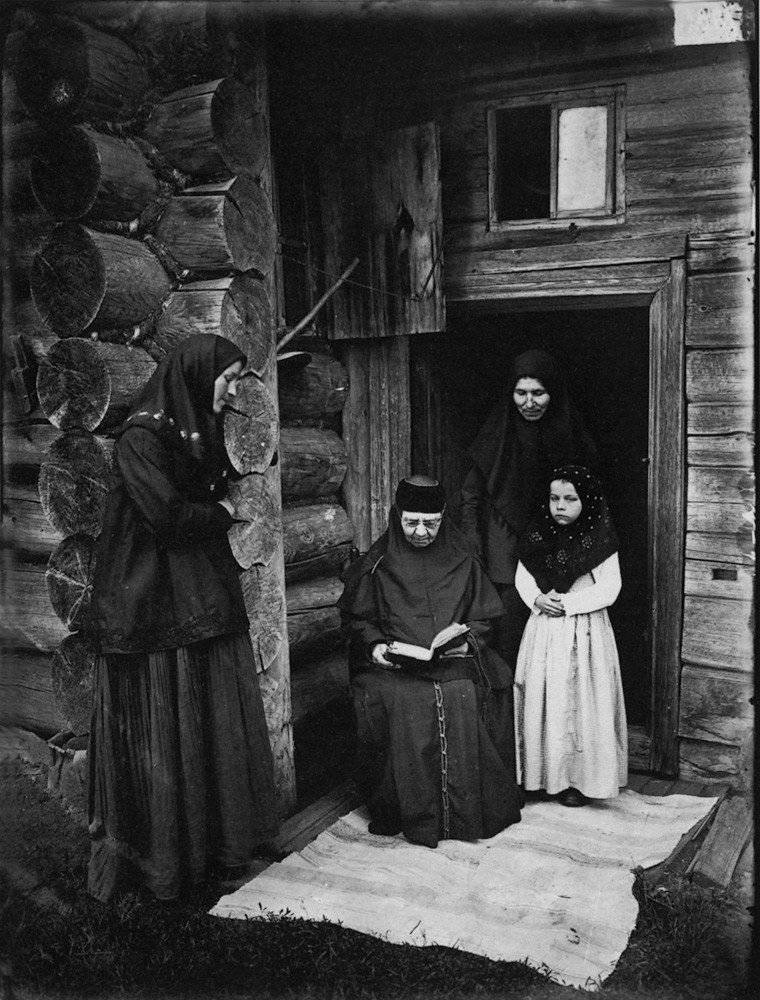
22. Olenevsky monastery. Usters. 1897 d. Negative 18х24 cm
23. Seraphim-Ponetaevsky nunnery. View of the monastery pond and the hospital church. Negative 18х24 cm
24. Seeing off the Icon of the Mother of God of Oran from Nizhny Novgorod to the Orange Monastery of Orange. Negative 45х55 see Fragment.
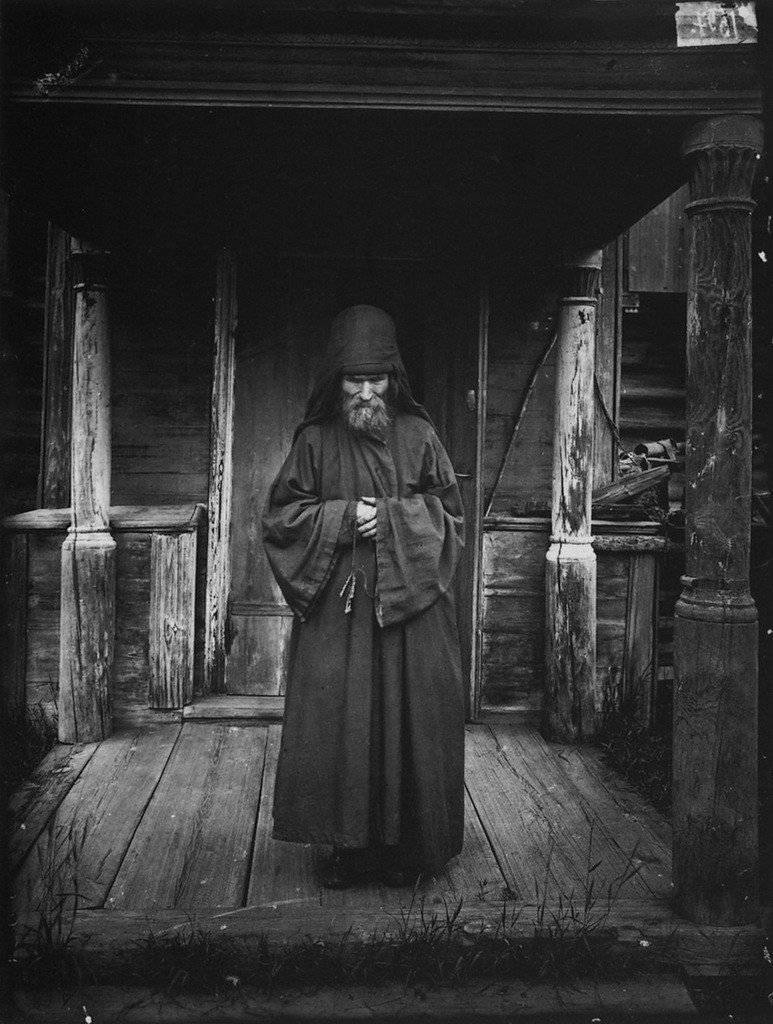
25. Annunciation Kerzhensky monastery of the believers. Monk-schema. 1897 d. Negative 18х24 cm
Volga 1894-1904
26. Drying nets. Negative 18х24 cm
27. Lake Vselug. Shirokovsky churchyard. Negative 18х24 cm
28. The lozhkarny bazaar in the city of Semenov. 1897 d. Negative 18х24 cm
29. Types of Old Believers. Sharpansky monastery in Semenov district. 1897 d. Negative 18х24 cm
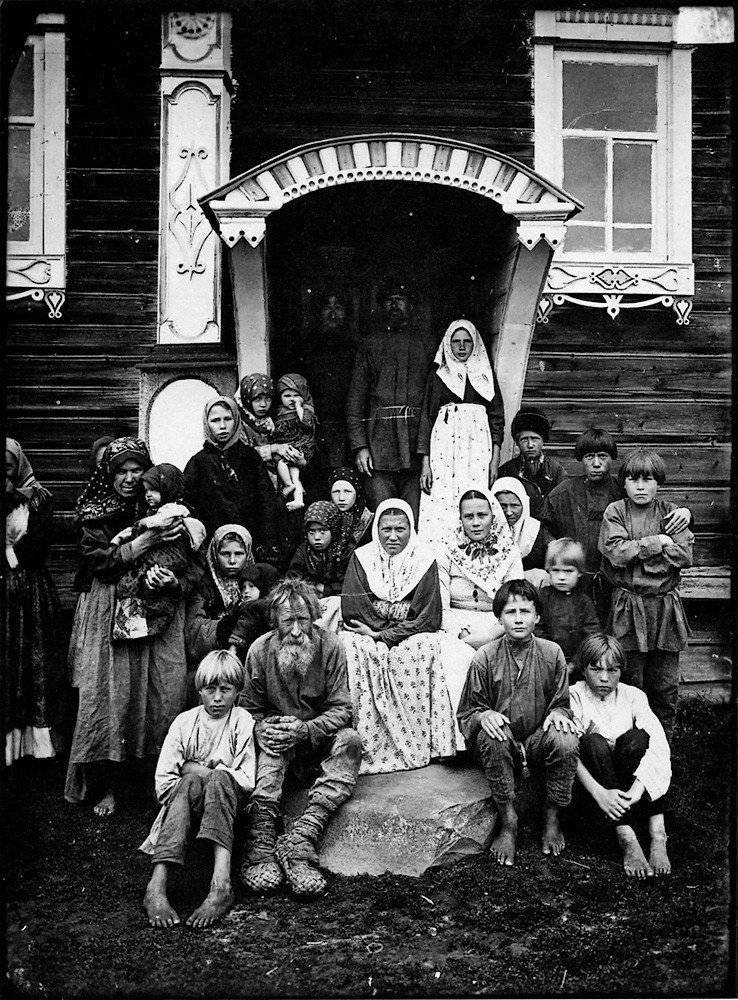
30. Group of Old Believers. Village Kuznetsovo Semenovskogo County. Negative 18х24 cm
31. View of the Volga from Bashmenskaya mountains. Negative 50х60 see Fragment.
32. Caravan of ships on the Volga near Yaroslavl. 1894 d. Negative 30х40 cm
33. Lozhkarnoe production. Decorating a spoon cutting. 1897 d. Negative 18х24 cm
34. Ostashkov fishermen. Negative 18х24 cm
35. Sluda. View of the Oka River. Negative 18х24 cm
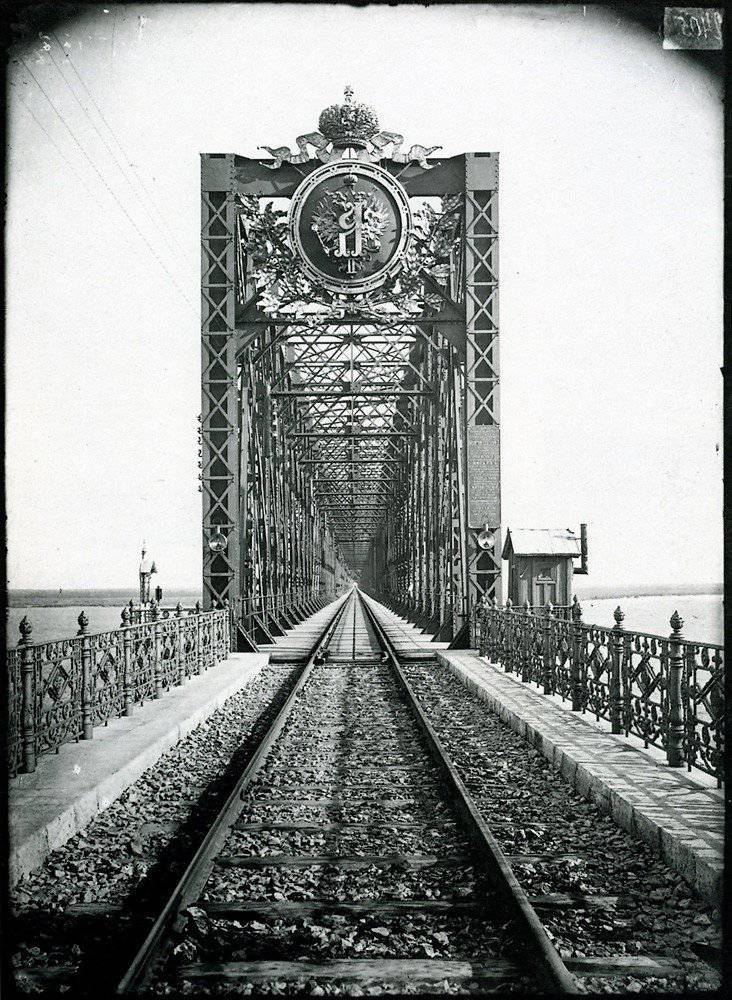
36. Alexandrovsky bridge over the Volga in Syzran. 1894 d. Negative 18х24 cm
Nizhny Novgorod 1912-1914
37. View of the upland part of Nizhny Novgorod from the left bank of the Oka. Negative 45х55 see Fragment.
38. View of the scattered bridge and the upland part of Nizhny Novgorod. Negative 18х24 cm
39. Fistfight in front of the night shelter N.A.Bugrova. Negative 18х24 cm
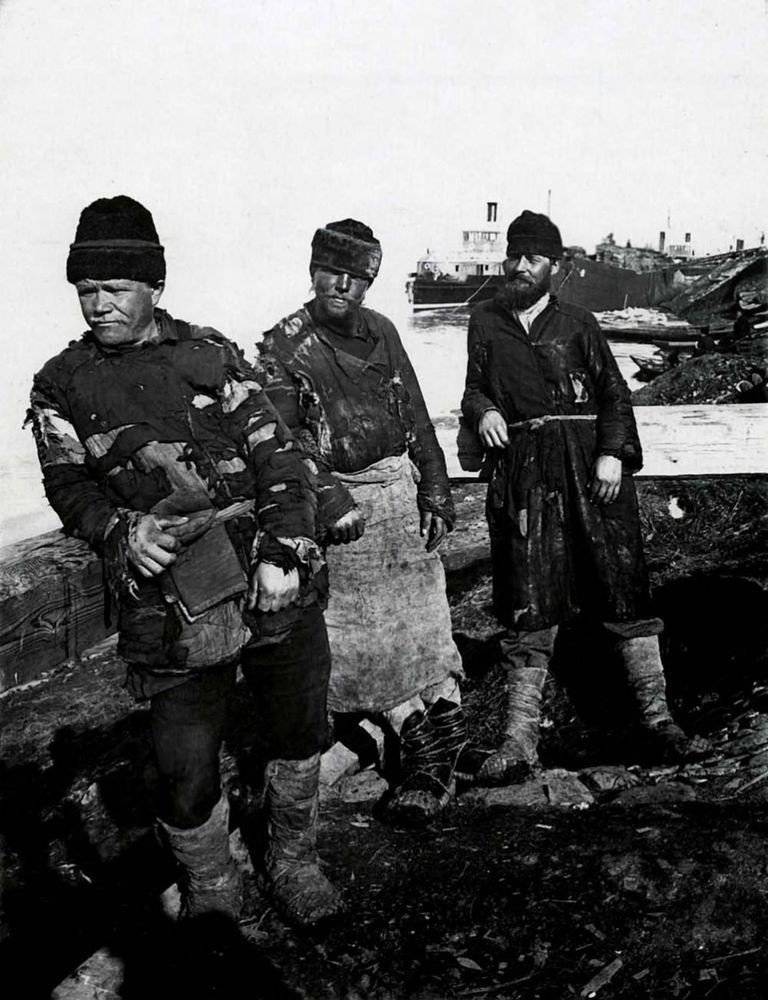
40. Nizhny Novgorod "tramps." Negative 18х24 cm
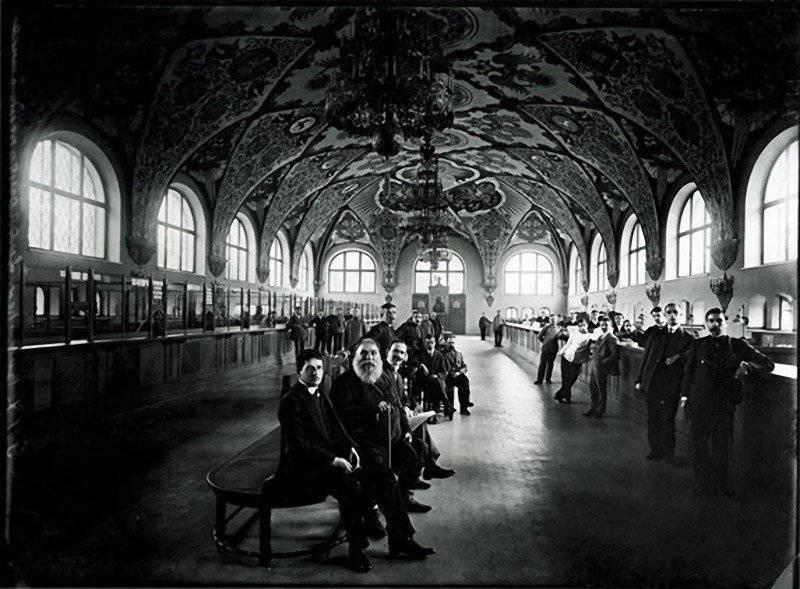
41. In the operating room of the State Bank. 1913 d. Negative 18х24 cm
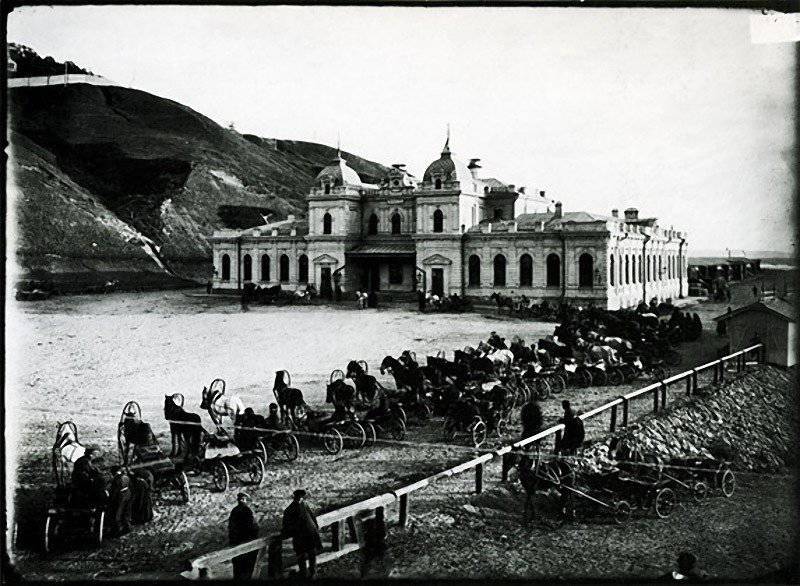
42. The area in front of the Romodanovsky station. Negative 18х24 cm
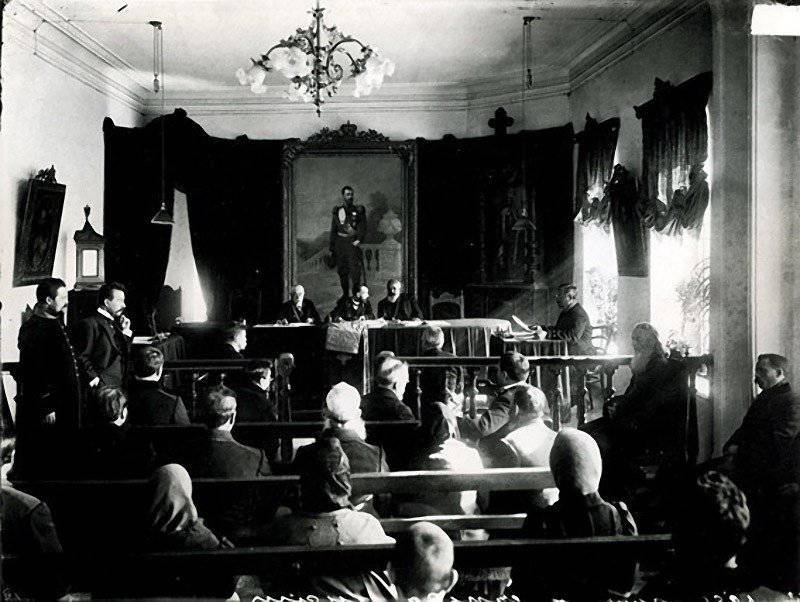
43. In the hall of the city court. Negative 18х24 cm
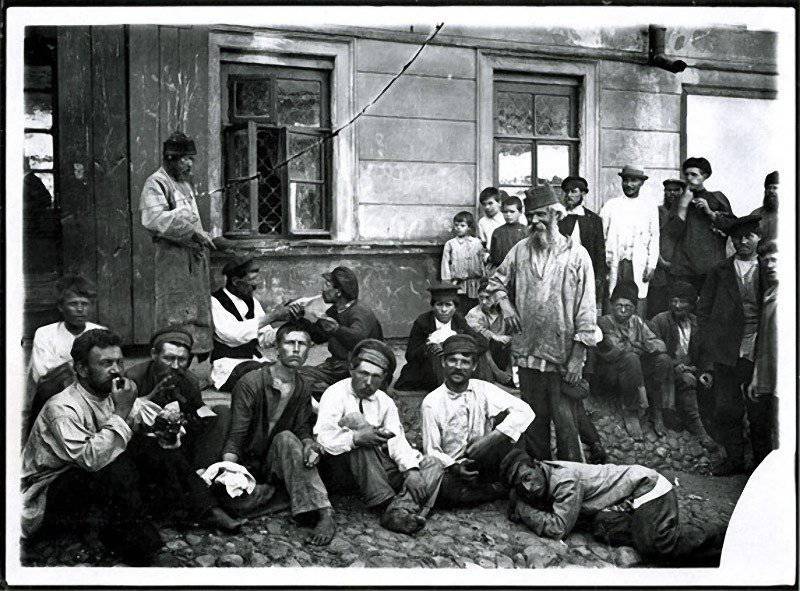
44. Nizhny Novgorod "tramps." Negative 18х24 cm
Maxim Dmitriev - Biography
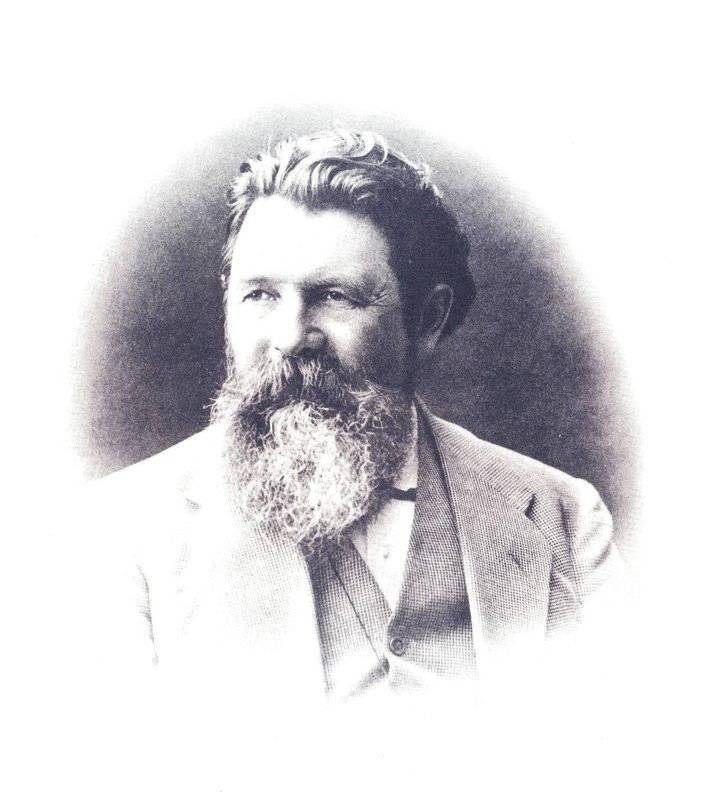
45. Maxim Dmitriev
1858 Born in the Tambov province.
1873. He enters the disciples of the famous Moscow photographer MP Nastyukov.
1874. Works in the photo-pavilion of M.P. Nastyukova at the Nizhny Novgorod Fair.
1877 g. Receives a retoucher in the studio of D. Leybovsky.
1879. Adopted in the studio of an outstanding photographer AO Karelin.
1881 d. Opens its own photo shop.
1889. Takes part in the All-Russian jubilee photographic exhibition in Moscow.
1892. Receives a small gold medal of the Moscow exhibition, a gold medal of the Paris World Photographic Exhibition, Grand Prix of the exhibition in Saint-Gilles, honorary diploma of the exhibition in Brussels.
1893 d. Publishes the famous photo album "Barren 1891 - 1892 Year in Nizhny Novgorod province".
1894. Begins creating a monumental cycle of photographs dedicated to the Volga.
1896. Takes part in the All-Russian industrial and art exhibition in Nizhny Novgorod.
1901 - 1904 Removes the ruins of the Makaryevsky Zheltovodsky monastery.
1903. Completes work on the Volga Collection.
1913. Fixed in a series of large-format photographs the arrival of Emperor Nicholas II in Nizhny Novgorod.
1929 g. Dmitriev Photography Lab is transferred to the competence of the commission to improve the lives of children The photographer is approved by the head of the art part and the pavilion photographer.
1937 d. 7000 negatives are requisitioned from the Dmitriev archive.
1948. Died in Gorky at the age of 90.
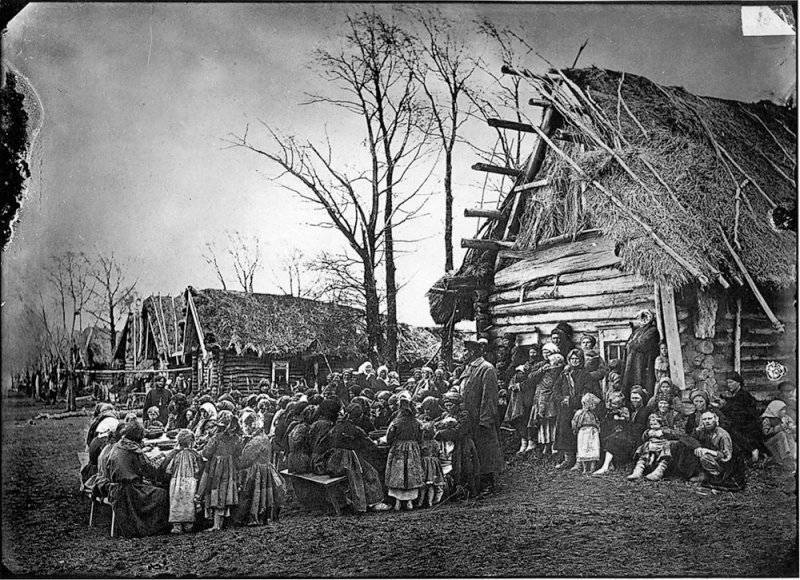
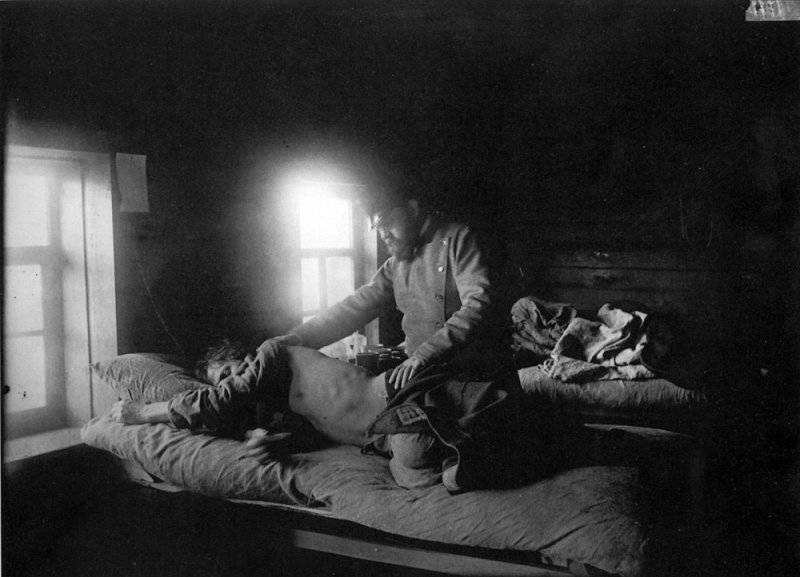
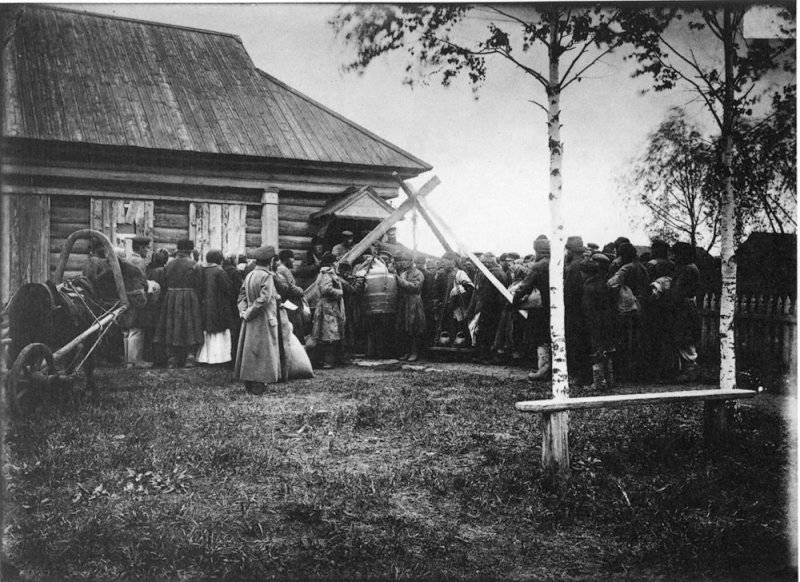
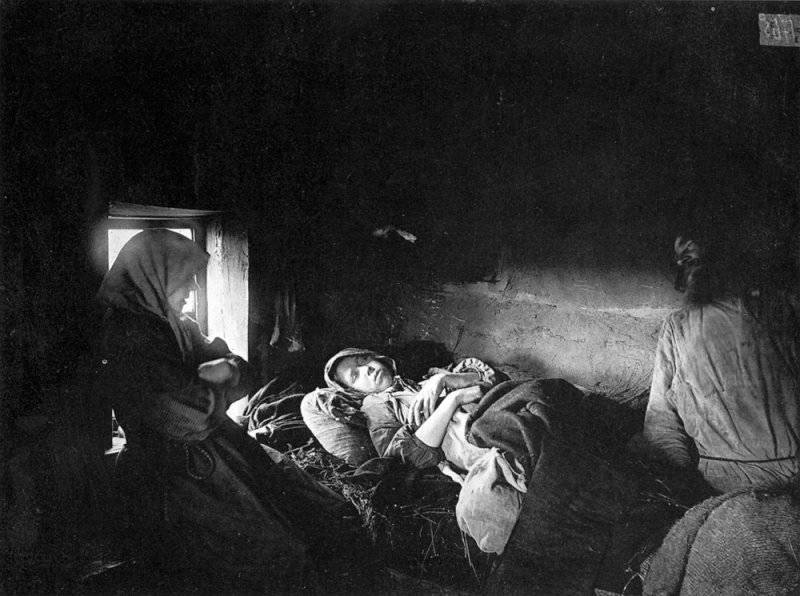
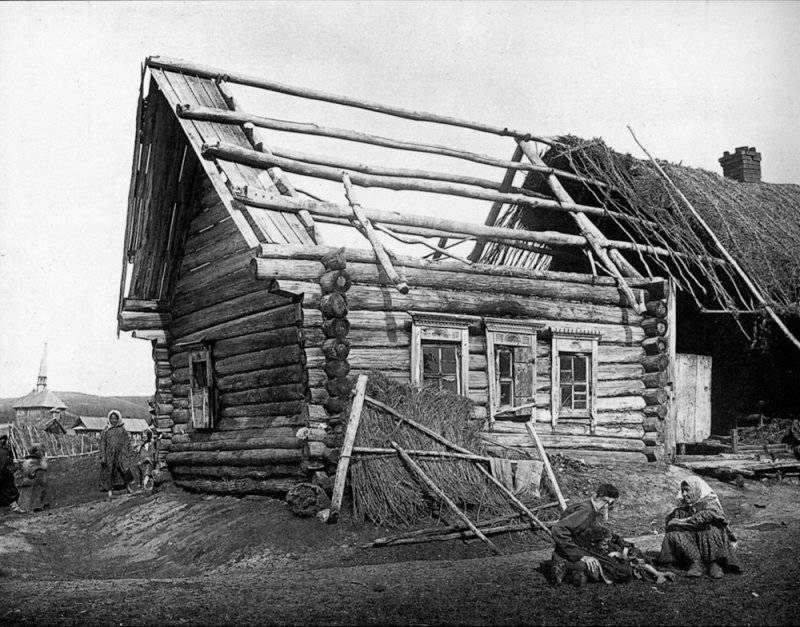
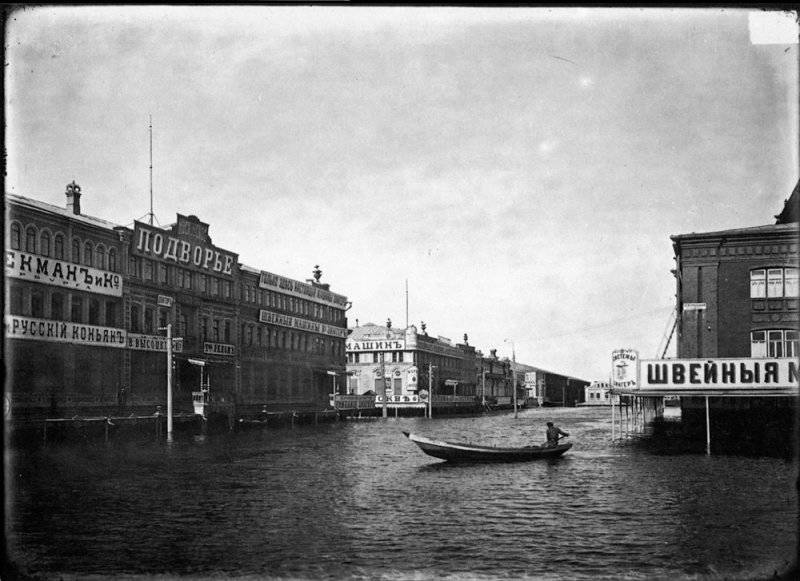
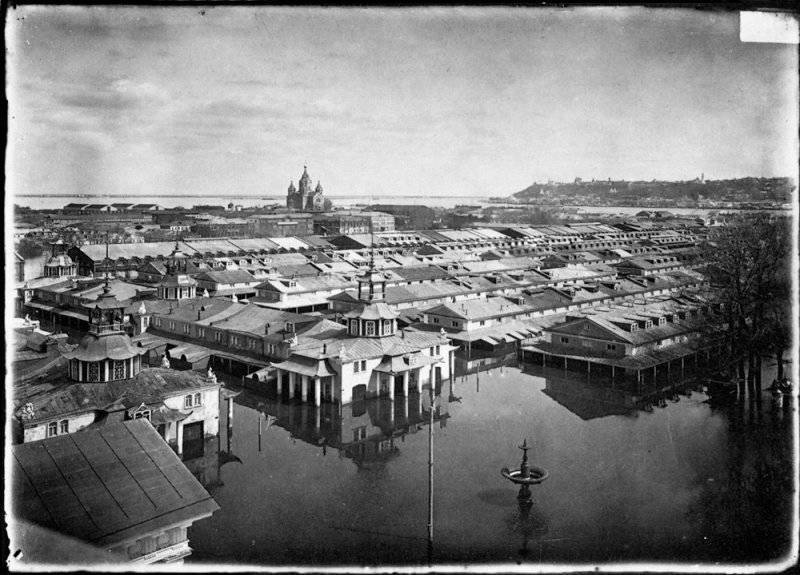
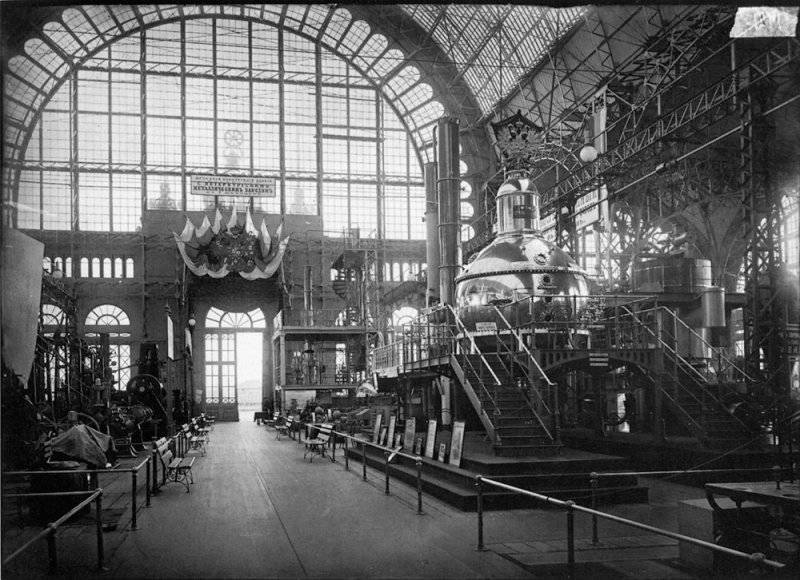
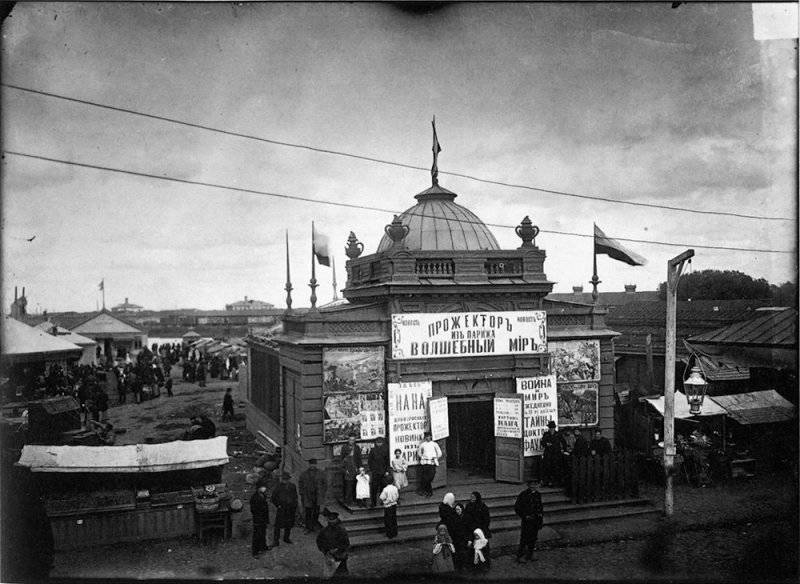
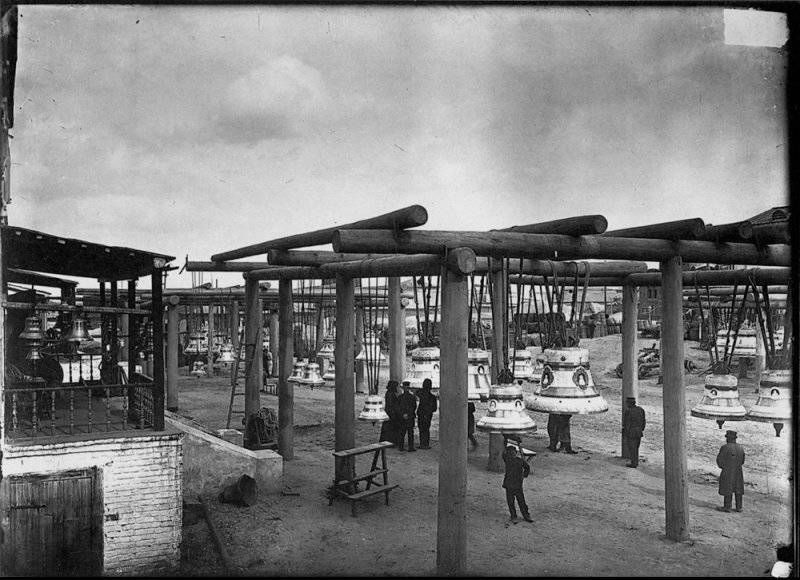
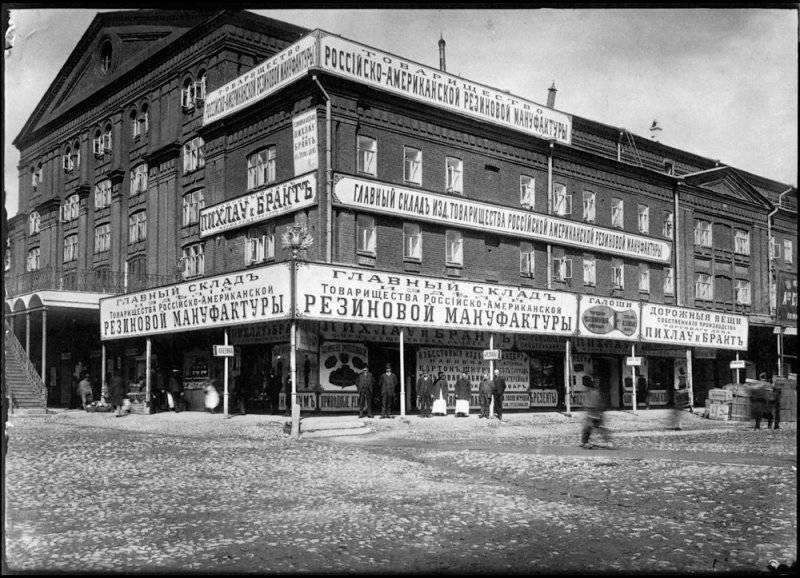
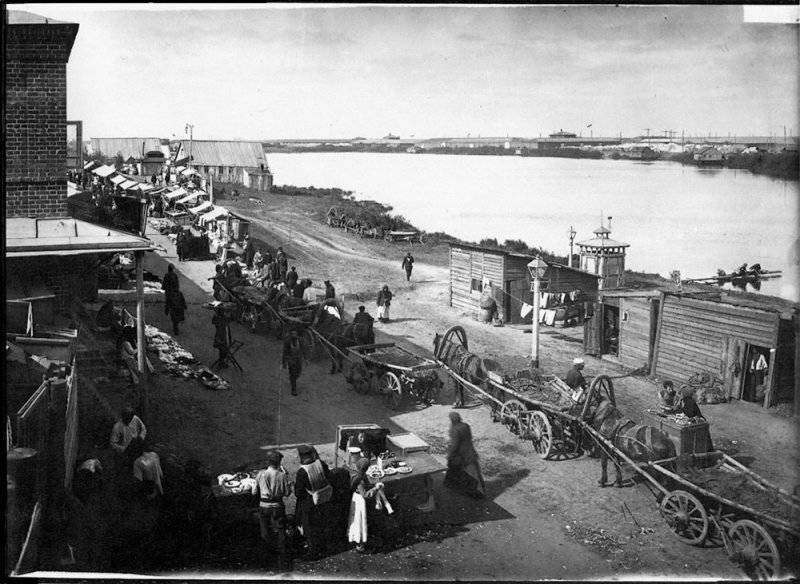
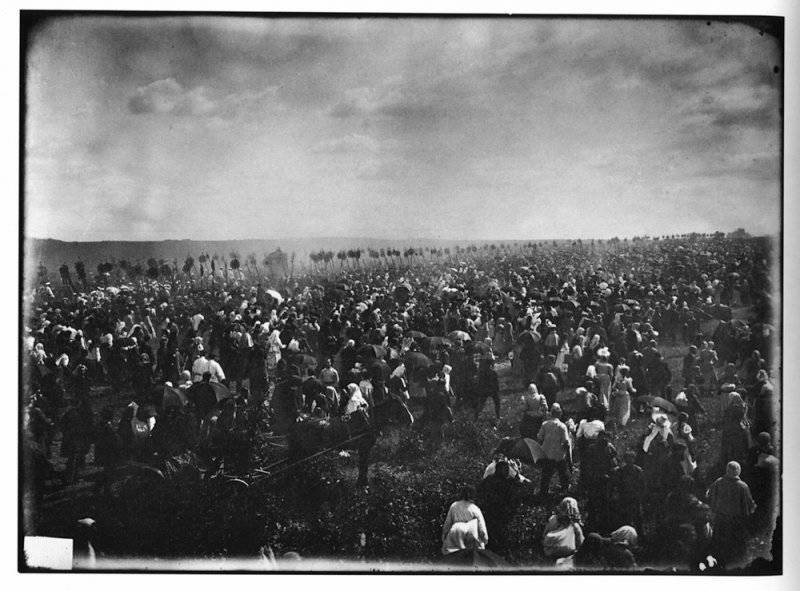
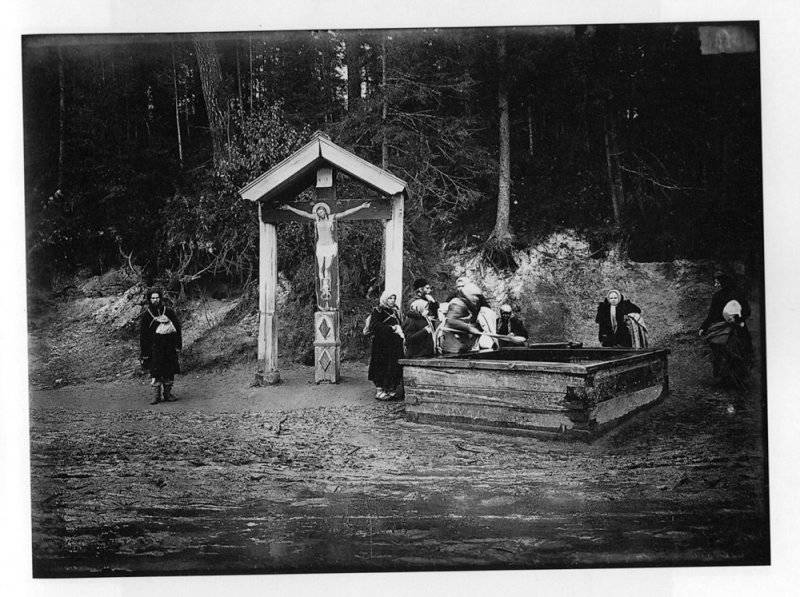
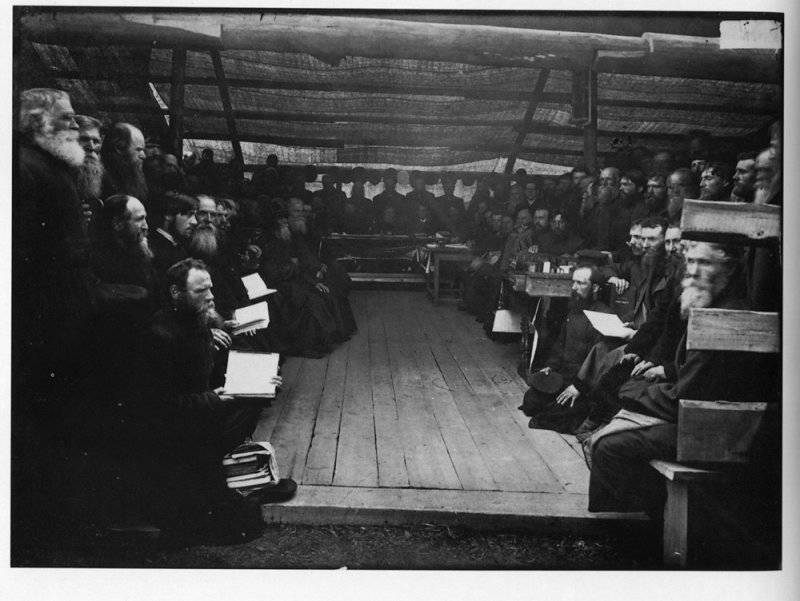
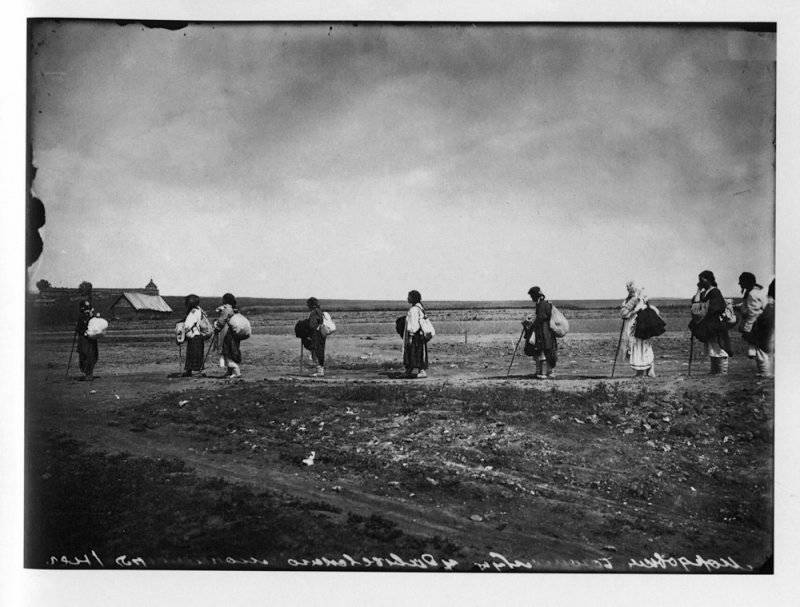
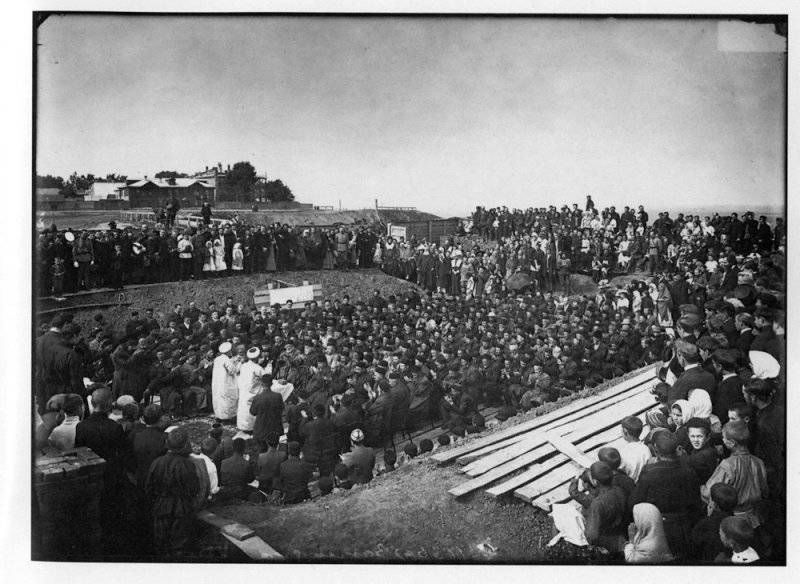
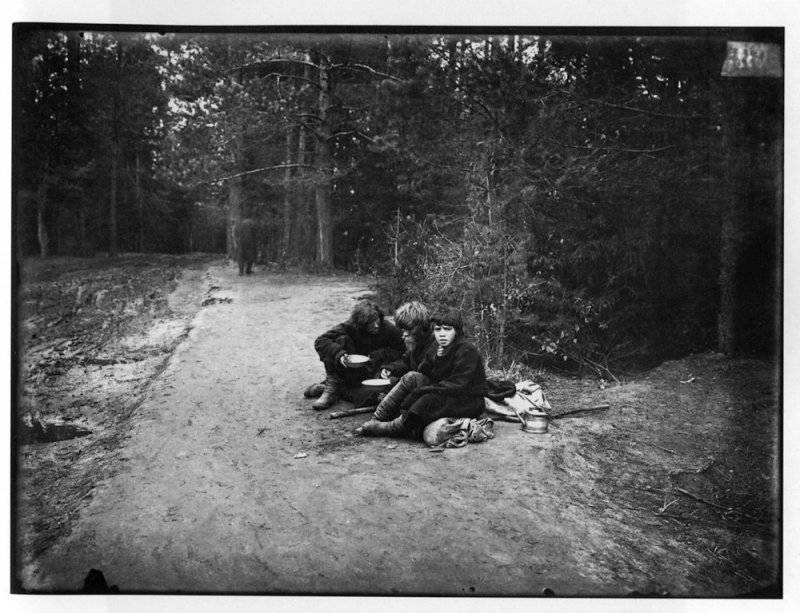
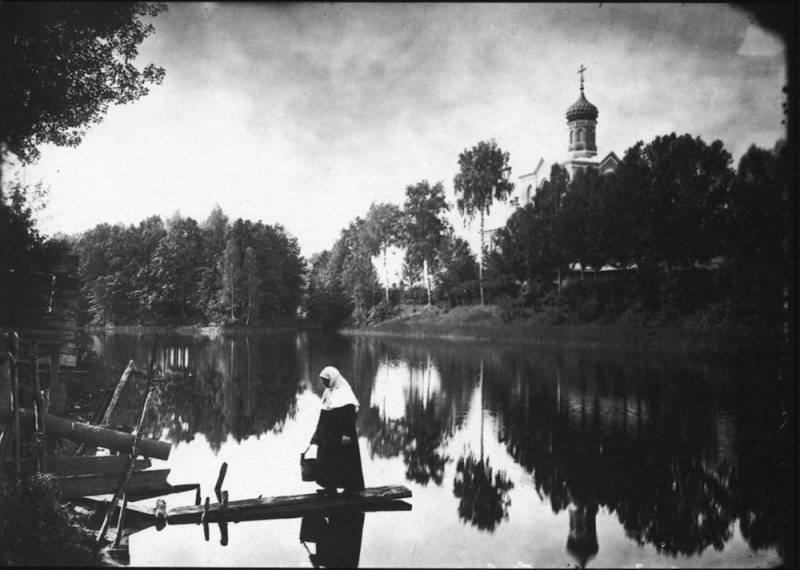
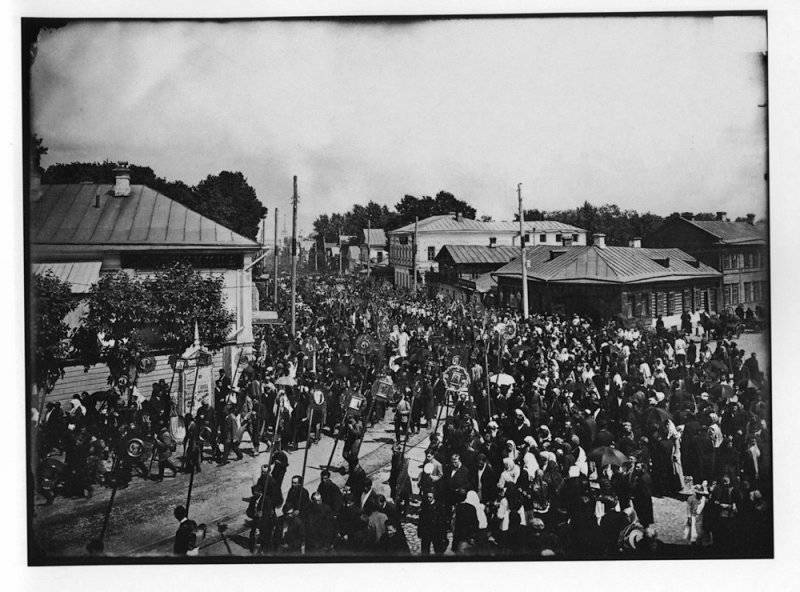
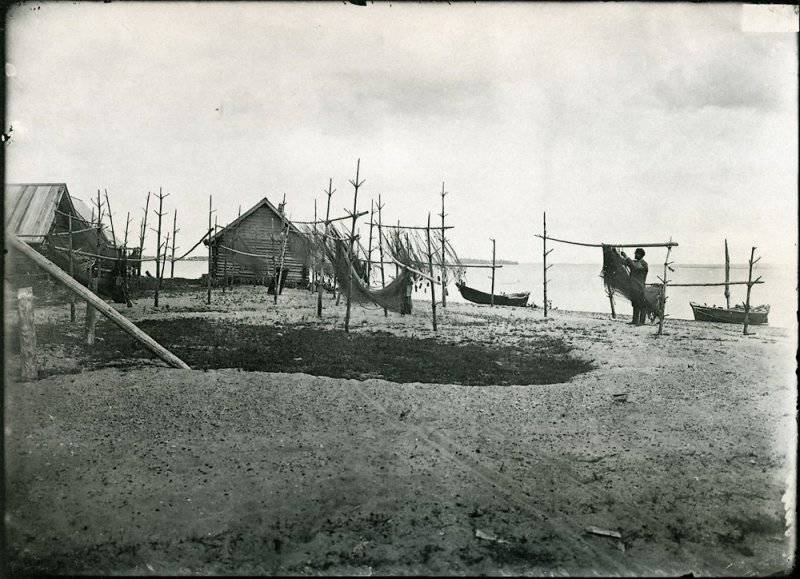
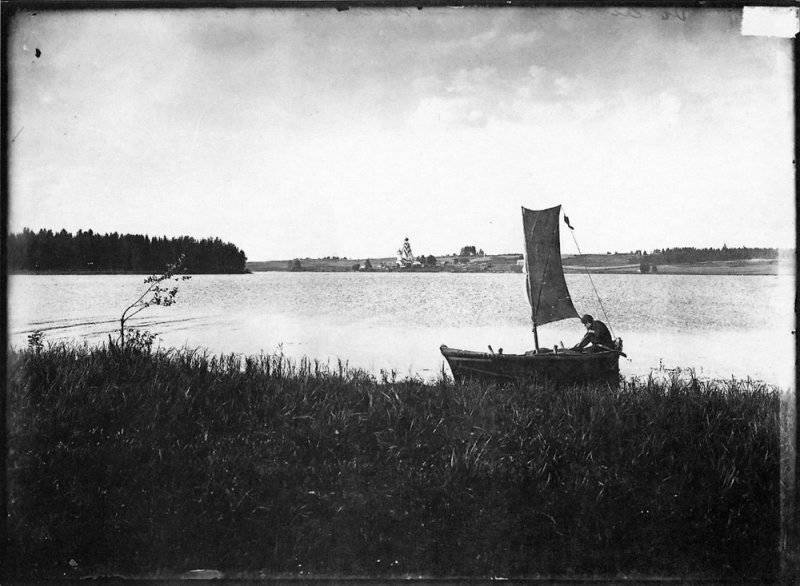
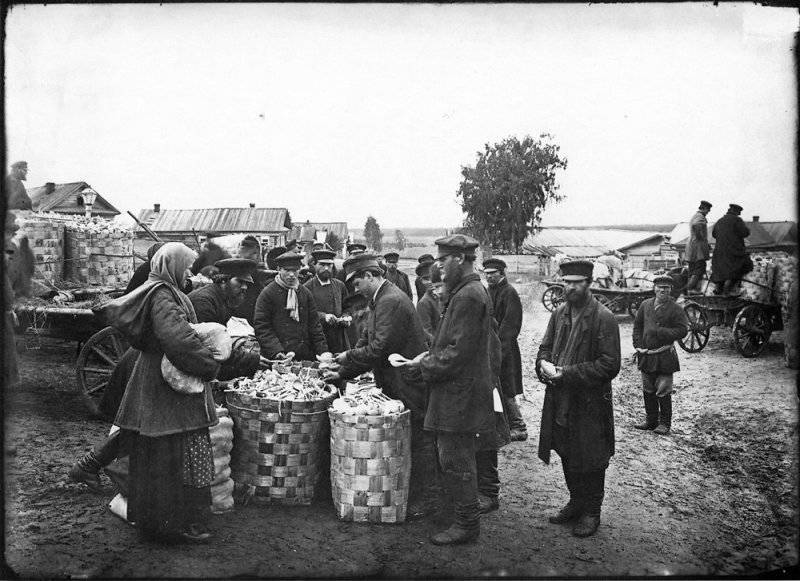
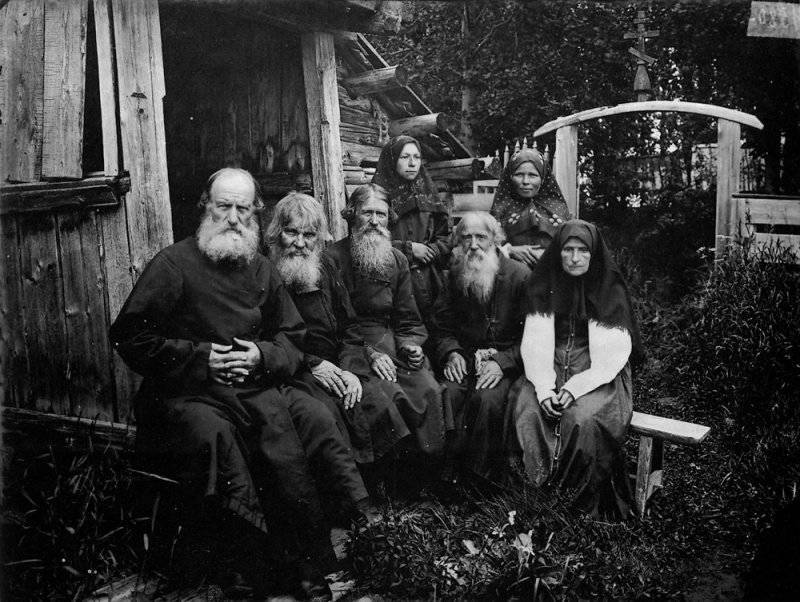
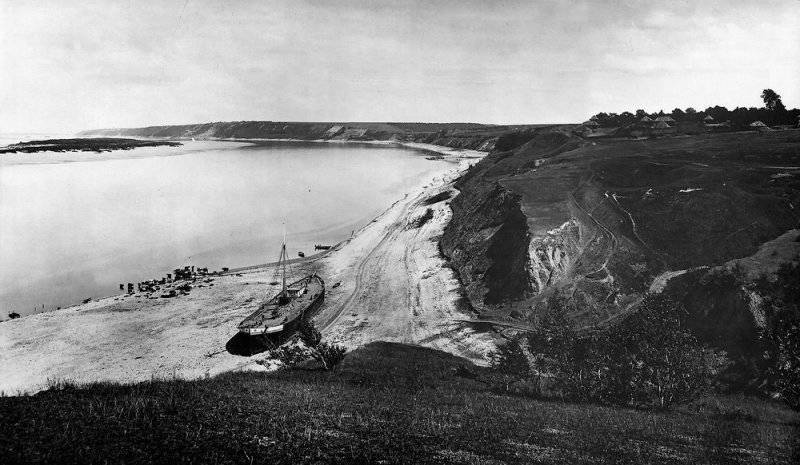
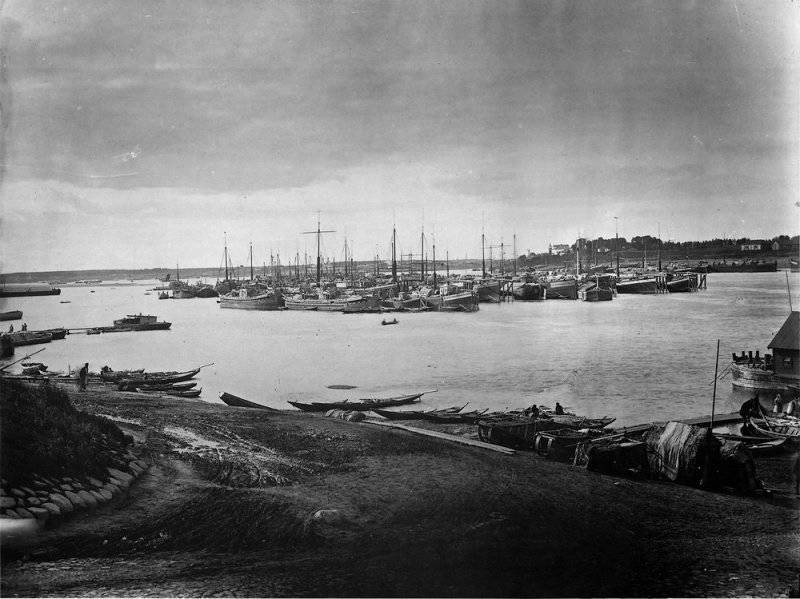
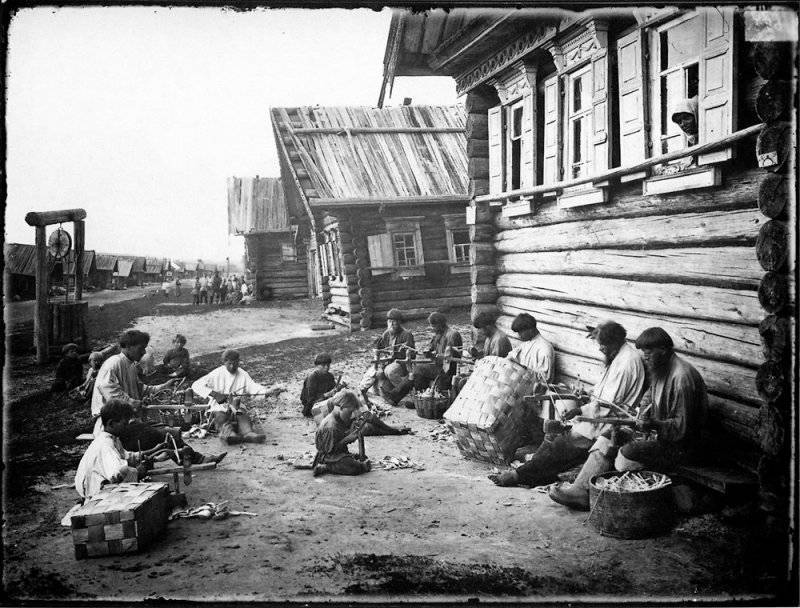
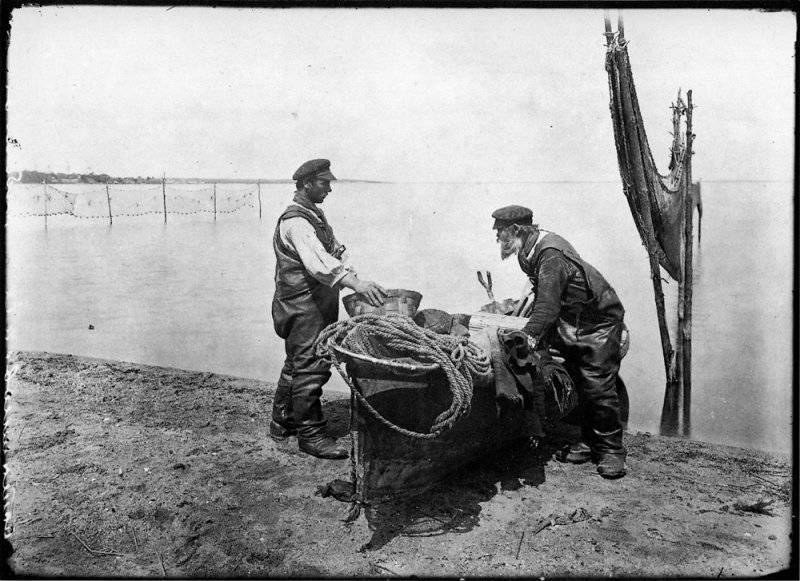
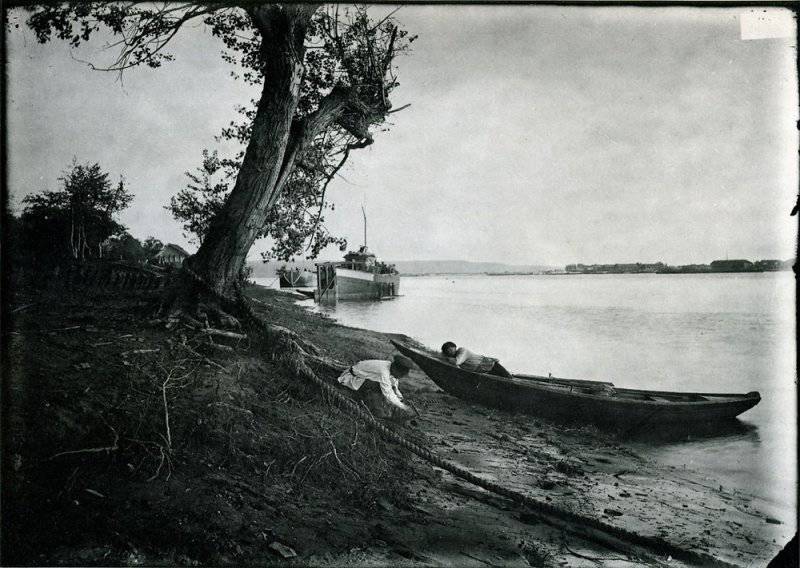
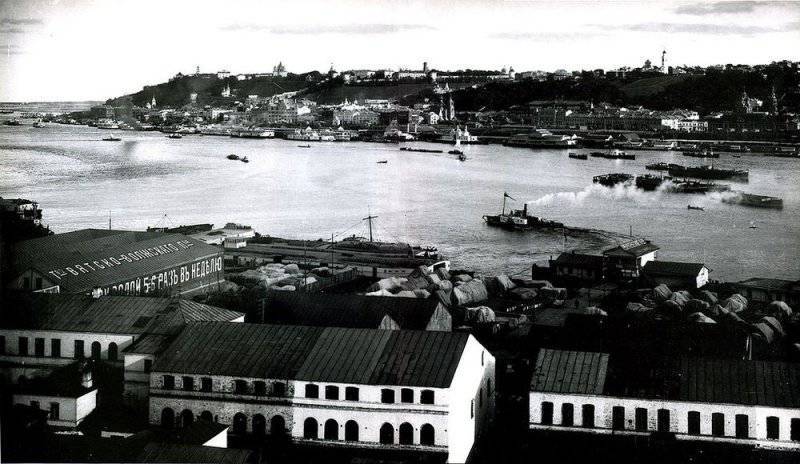
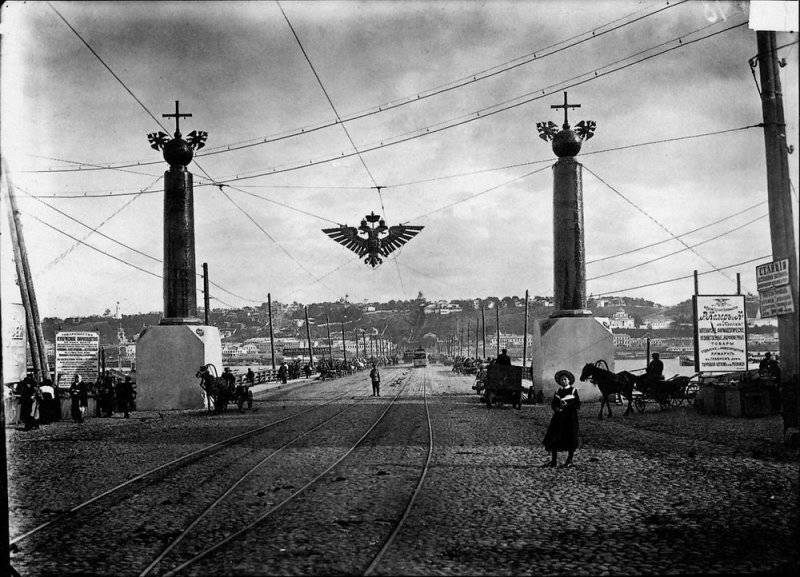
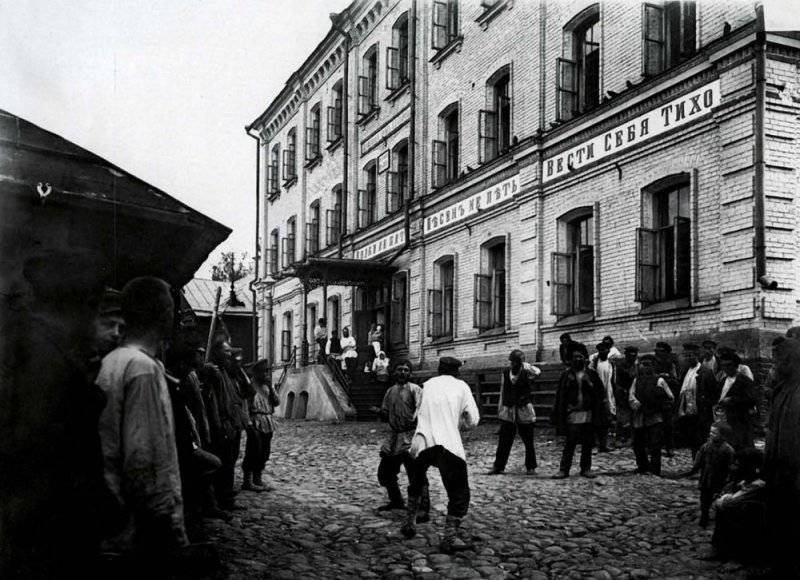
Information